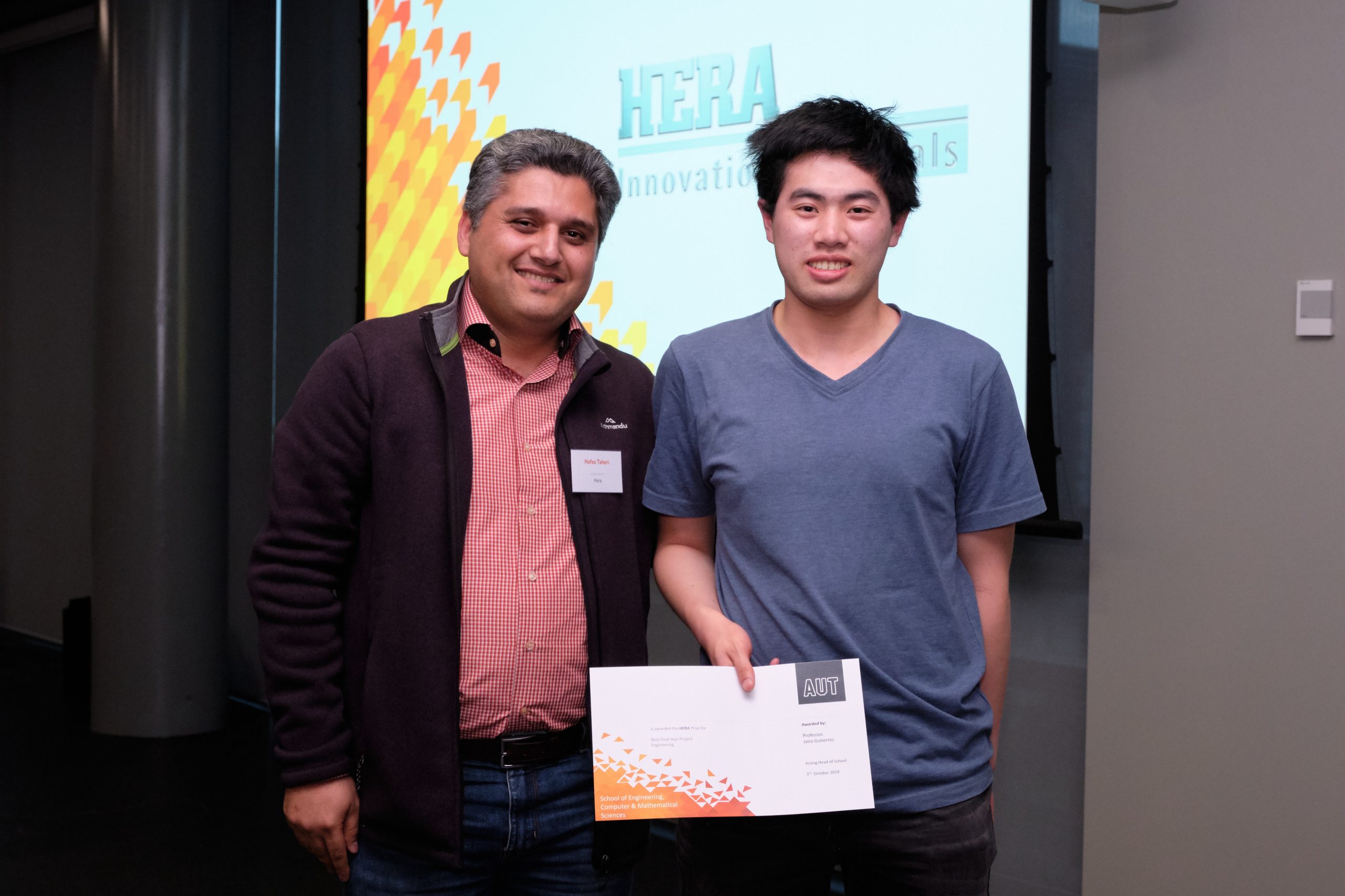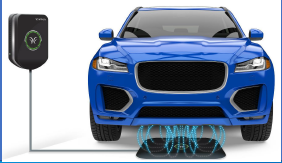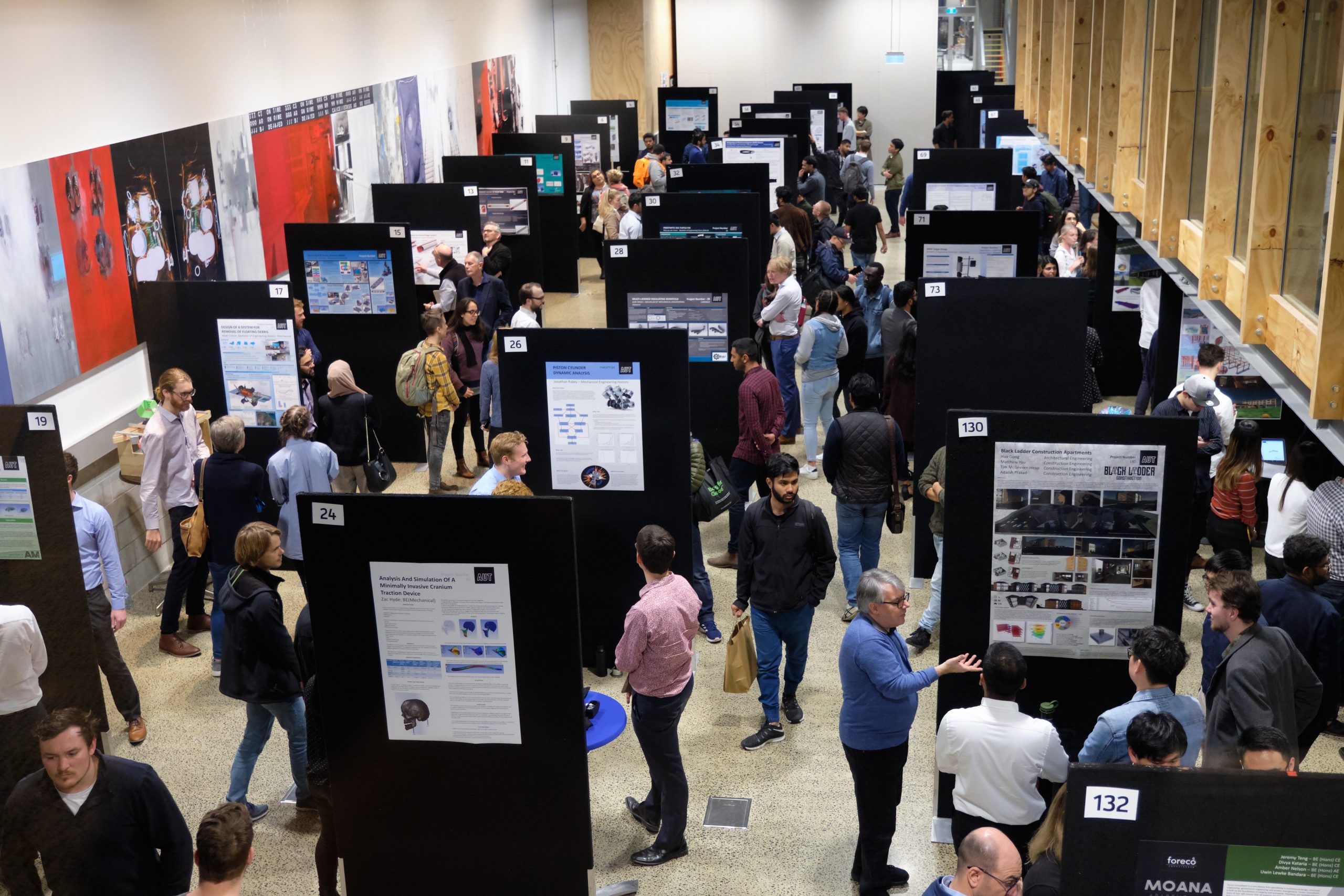HERA proudly sponsored and was happy to have our Research Engineer Hafez Taheri attend final year student project events for both the University of Auckland (UoA) and Auckland University of Technology (AUT) this year – promoting new ideas in the field of engineering.
At HERA, we believe that supporting industry projects such as these give students the opportunity to work with companies on ‘real-life’ engineering problems, preparing them for the transition into the workforce and providing them with relevant industrial education in manufacturing techniques, R&D methodologies, design processes, management systems, and other activities.
Our sponsored prizes are made possible through the support of HERA Foundation and were granted to young researchers whose works had impressive impacts for the future of metal-based engineering.
Our Research Engineer Hafez Taheri was one of three judges assessing individual projects. Reviewing each category on established criteria including visual features, poster display, novelty of work, depth of content, significance, knowledge base, and accuracy of research.
Saying, “I was very impressed with the projects I was able to review as they were full of new and innovative ideas which reflected the students great perception towards technology.”
“The students ability to utilise their knowledge during presentations was excellent and the two awarded projects for our HERA prize outshone others as one had a great focus on advancing welding technology, and the other on improving environmental sustainability. These are two things that HERA is very committed to driving.”
AUT’s 2019 engineering student project exhibition
More than 150 research and design projects were showcased at this years event, spanning a broad range of engineering disciplines including Mechanical, Electrical & Electronic, Mechatronics, Software, Construction, and more. Many of the projects were carried out in collaboration with Industry and related to practical design and applied technology.
This year, our sponsored prize was awarded to Amjad Mohideen, Kurt Russell and Wen Jun See for their project “TIG Welding of Boron/Boron Free Steels”.
The aim of this project was to investigate the effects of Boron addition in steels, and in particular its effect on heat affected zone and on mechanical properties.
Two different steels were used, namely HT590 (without Boron) and HT780 high tensile steel containing Boron. Welding was performed using Gas Tungsten Arc Welding – GTAW or Tungsten Inner Gas (TIG). Three types of welding were tested including (i) single bead, (ii) partial overlap, and (iii) alongside.
HT590 unwelded samples seemed to have less tensile load and increased ductility in comparison with HT780 steels. The overall tensile strength of the materials decreased after welding.
The HT780 single weld sample showed the best micro hardness results overall followed by overlap then alongside weld samples. The single weld samples demonstrated an increase in microhardness within the heat affected zone when compared to the base material. However, for overlap and alongside welded samples, there was a reduction in the microhardness within the heat affected zone when compared to the base material due to the heat affected zones overlapping each other.

UoA’s Department of Mechanical Engineering Final Year Project Displays
This event provided an opportunity for students to work largely on their own initiative (under supervision) on a particular topic of interest in Mechanical Engineering or Mechatronics, and took place over a complete academic year.
The aim was to allow participants to undertake problem formulation, management and solution, acquire technical, personal and professional competencies and learn and practice communication skills.
At this event, we were proud to present our sponsored prize to Ravindra Anurithan and Joseph Tildesley for their project on “Design and Manufacture of Compliant Structures for in-road Wireless Electric Vehicle Charging Solutions”.
Inductive Power Transfer (IPT) is a technology that has been developed by the University of Auckland’s Power Electronics Group for wireless transfer of power.
This project is part of a five year, multi-institutional project focused on the charging of Electric Vehicles, specifically on building IPT components (“pads”) into roadways. Conventional IPT charging pads employ ferrite blocks to shape magnetic fields, but these materials are brittle ceramics, which may easily crack under road loading conditions. Teplacing the brittle ferrite blocks with Soft Magnetic Composites (SMCs), which have higher strain to failure properties than ferrite blocks.

SMCs were manufactured with the same volume fractions of ferrous metal powder and polyurethane resins, from three different material combinations (Iron-sand/Electrolube, Crushed Ferrite/Electrolube and Crushed Ferrite/Wevo). The mechanical and thermal properties of these composites were assessed to evaluate their suitability for in-road IPT application.
The results demonstrated the SMCs to have elastic behaviour until 0.5% strain, which is significantly greater than the failure strain of ferrite blocks. In fact, all SMCs had a higher tensile strain to failure than blocks of ferrite. The Crushed Ferrite/Electrolube SMC had highest flexural strain to failure, highest maximum strain to failure together with greatest heat dissipation capability. Small scale IPT pads were built and tested using two of the SMCs, results demonstrating the feasibility of pads without ferrite, while more work needs to be done to improve the magnetic properties of these composite materials.

